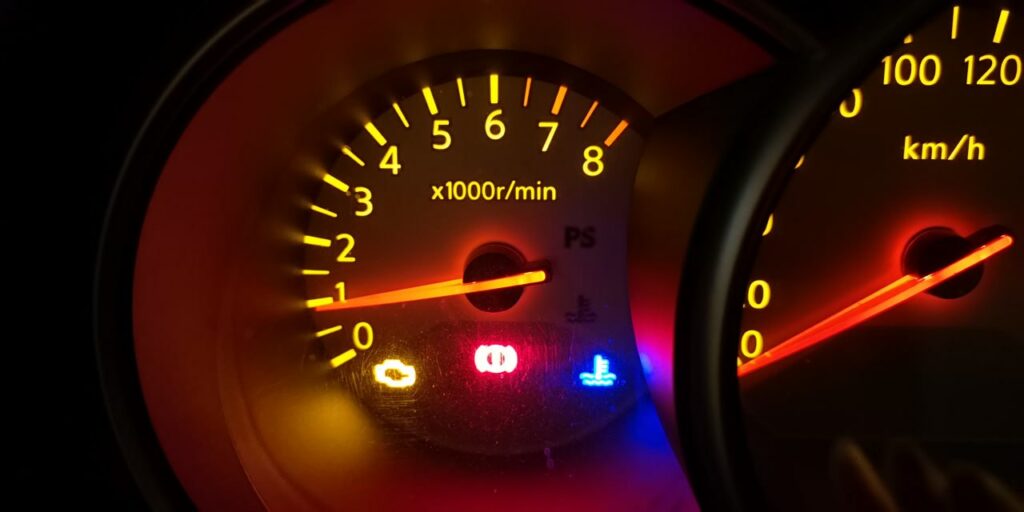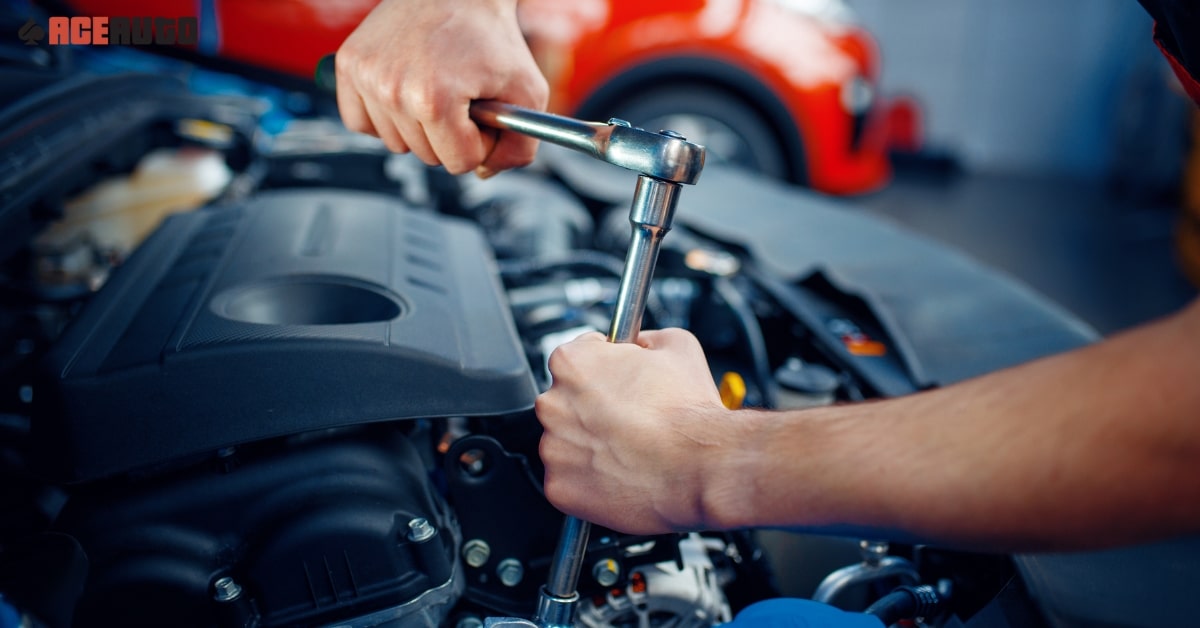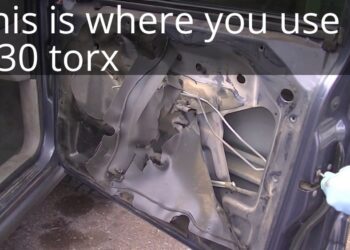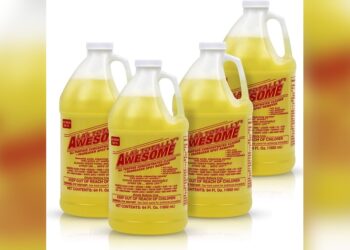Car overheating is a common issue that many drivers face. It can cause stress and lead to costly repairs if not addressed promptly.
Understanding why your car overheats is crucial to finding the right solution. This blog post will delve into the most frequent causes of car overheating and provide practical solutions. Whether you are dealing with a coolant leak, a faulty radiator, or other related issues, knowing what to look for can save you time and money.
By identifying the root of the problem, you can take the necessary steps to fix it. This guide will help you keep your car in good condition and ensure your journeys are smooth and worry-free.

Credit: m.youtube.com
Common Causes Of Car Overheating
Engines often overheat due to coolant leaks, broken water pumps, or clogged radiators. Regular maintenance and timely repairs can prevent these issues.
Car overheating can create serious problems. Understanding common causes helps prevent damage. Here are some key reasons why cars overheat.Low Coolant Levels
Low coolant levels are a frequent cause of overheating. Coolant absorbs heat from the engine. Without enough coolant, the engine gets too hot. Check your coolant levels regularly. Top up if needed. Always use the correct type of coolant for your car.Radiator Issues
A faulty radiator can also cause overheating. The radiator helps cool the engine. If it is clogged or leaking, it cannot do its job. Regular maintenance keeps the radiator in good shape. Look out for leaks or blockages. Clean and flush the radiator as recommended by your car’s manual.Thermostat Failure
A broken thermostat can lead to overheating. The thermostat controls the flow of coolant. If it sticks closed, coolant can’t reach the engine. This causes the engine to overheat. Replace a faulty thermostat immediately. Regular checks can catch problems early. “`Signs Your Car Is Overheating
Overheating is a common car problem. It can lead to serious engine damage if not addressed. Recognizing the signs early can save you from costly repairs. Below are key indicators that your car might be overheating.
Temperature Gauge
The temperature gauge on your dashboard is the first place to check. It shows the engine’s temperature. If the needle moves towards the red zone, your car is overheating. This gauge is an essential tool for monitoring your engine’s health.
Steam From Hood
Seeing steam from the hood is a clear sign of overheating. It happens when the coolant boils and turns into steam. If you notice steam, pull over safely and turn off the engine. Do not open the hood until it cools down.
Strange Smells
Overheating can produce strange smells from the engine. A sweet smell indicates leaking coolant. A burnt odor may mean oil or plastic is overheating. Both are serious and need immediate attention.
| Sign | Description |
|---|---|
| Temperature Gauge | Needle in red zone |
| Steam from Hood | Visible steam, boiling coolant |
| Strange Smells | Sweet or burnt odor |
Recognizing these signs can prevent damage. Regular maintenance helps avoid overheating issues. Always keep an eye on your car’s temperature gauge and be aware of unusual smells or steam.
Immediate Actions When Car Overheats
Car overheating is a common problem many drivers face. It can happen unexpectedly and requires immediate attention. Knowing the right actions can prevent further damage. Below are the essential steps to take immediately when your car overheats.
Pull Over Safely
If your car starts to overheat, the first thing to do is pull over safely. Find a safe spot on the side of the road. Ensure you are away from traffic. Turn on your hazard lights. This alerts other drivers to your situation.
Turn Off Engine
Once you have pulled over, the next step is to turn off the engine. Turning off the engine helps to stop the overheating. Wait for the engine to cool down before checking anything under the hood. This usually takes about 20-30 minutes.
Check Coolant Level
After the engine has cooled, you need to check the coolant level. Open the hood carefully. Find the coolant reservoir. It is usually a translucent tank with a cap. Check the level of the coolant against the marks on the side of the reservoir. If it is low, you may need to add more coolant.
- Use a cloth to open the coolant cap.
- Fill the reservoir to the indicated level.
- Ensure you use the correct type of coolant.
Always carry extra coolant in your car. This ensures you are prepared for such emergencies.

Credit: bwperformance.com
Preventive Measures For Overheating
Preventing your car from overheating can save you from costly repairs. Regular maintenance and simple checks can keep your engine cool. Follow these tips to ensure your car stays in top shape.
Regular Coolant Checks
Coolant keeps your engine from overheating. Checking the coolant level is a simple task. Open the hood and locate the coolant reservoir. Make sure the coolant level is between the minimum and maximum marks. If it’s low, add the correct type of coolant.
Use a 50/50 mix of coolant and water for most cars. This mixture provides the best protection. Also, check for any leaks. Look under your car for any puddles of coolant. If you see any, have it checked by a mechanic.
Radiator Maintenance
The radiator plays a key role in cooling your engine. Keeping it clean ensures it works well. Check the radiator for any dirt or debris. Use a soft brush or compressed air to clean it. Never use a pressure washer, as it can damage the radiator fins.
Also, make sure the radiator cap is in good condition. A faulty cap can cause coolant leaks. Replace the cap if it looks worn out or damaged. Regularly flushing the radiator is also important. This removes any build-up of rust or debris inside.
| Maintenance Task | Frequency |
|---|---|
| Check Coolant Level | Monthly |
| Clean Radiator | Every 6 months |
| Flush Radiator | Every 2 years |
Thermostat Inspection
The thermostat regulates the engine temperature. If it fails, the engine can overheat. Regularly inspect the thermostat for any signs of trouble. If the temperature gauge rises quickly, the thermostat might be stuck. In this case, it needs replacing.
Signs of a failing thermostat:
- Engine overheating
- Temperature gauge fluctuates
- Coolant leaks around the thermostat housing
If you notice these signs, consult a mechanic. A properly working thermostat ensures your engine runs at the right temperature.
Diy Fixes For Minor Overheating Issues
Minor overheating issues in cars can happen anytime. Knowing some DIY fixes can save you money and time. Let’s explore some simple solutions to keep your engine cool and running smoothly.
Coolant Top-up
A low coolant level is a common cause of car overheating. Check the coolant reservoir under the hood. If the level is below the minimum mark, top it up with the correct coolant. Use a 50/50 mix of coolant and distilled water. This helps maintain the right boiling point and prevents the engine from overheating.
Radiator Flush
Over time, dirt and debris can clog your radiator. This reduces its efficiency in cooling the engine. Performing a radiator flush can clear these blockages. To do this, drain the old coolant from the radiator. Then, refill it with a radiator flush solution and water. Run the engine for a few minutes, then drain the mixture and refill with fresh coolant. This ensures your radiator works at its best.
Thermostat Replacement
The thermostat regulates the engine’s temperature. A faulty thermostat can stick closed, causing the engine to overheat. Replacing it is a simple task. Locate the thermostat housing by following the upper radiator hose. Remove the old thermostat and install the new one. Ensure the new thermostat fits correctly and is in the right position. This can restore proper temperature control in your engine.
When To Seek Professional Help
Car overheating problems can be frustrating. Sometimes, basic troubleshooting might not resolve the issue. Knowing when to seek professional help can save time and prevent further damage. Let’s explore a few key scenarios.
Persistent Overheating
If your car consistently overheats, even after basic repairs, it’s time to seek professional help. Persistent issues may indicate deeper problems. Thermostat failure, coolant leaks, or radiator blockages might be the cause.
Ignoring persistent overheating can damage the engine, head gasket, or radiator. A professional mechanic can diagnose and fix these issues efficiently. Don’t let a small problem turn into a costly repair.
Complex Repairs
Some car repairs are too complex for DIY attempts. Replacing a water pump or radiator involves intricate steps. It requires specific tools and expertise. Attempting these repairs without proper knowledge can lead to more damage.
Professionals have the experience to handle complex repairs. They use the right tools and follow safety protocols. This ensures your car is fixed correctly and safely.
Expert Diagnosis
Sometimes, the cause of overheating is not obvious. Modern vehicles have complex systems. Identifying the root cause requires expertise and advanced diagnostic tools. Professionals use OBD scanners, thermal imaging, and other tools to diagnose issues.
A detailed diagnosis ensures that the real problem is identified and addressed. This prevents recurring issues and ensures your car runs smoothly.
| Problem | Professional Solution |
|---|---|
| Persistent Overheating | Comprehensive system check and repair |
| Complex Repairs | Expert handling with proper tools |
| Unclear Diagnosis | Advanced diagnostic tools |
Long-term Solutions For Overheating
Car overheating problems can cause major headaches. Quick fixes might help, but long-term solutions are more reliable. These solutions ensure your car stays cool and runs smoothly for years. Let’s explore some of the best long-term solutions for car overheating.
Upgrading Radiator
An old or small radiator can cause overheating. Upgrading to a larger, high-performance radiator can help. These radiators have more cooling capacity. They can handle more heat and keep your engine cooler. Look for radiators made from aluminum. They are lightweight and cool more efficiently.
Installing Electric Fans
Mechanical fans might not provide enough cooling. Electric fans are a better option. They run independently of the engine speed. This means they can cool the engine even when idling. Choose fans with adjustable thermostats. This allows you to set the temperature at which they turn on. It ensures optimal cooling at all times.
Improving Coolant Flow
Proper coolant flow is crucial for engine cooling. Check for any blockages or leaks in the system. Consider installing a high-flow water pump. It increases the coolant circulation through the engine. Using a high-quality coolant also helps. It improves heat transfer and prevents rust and corrosion. Regularly flush and replace the coolant to maintain its effectiveness.

Credit: aceautoutah.com
Tips From Automotive Experts
Car overheating can be a serious problem. Luckily, automotive experts have shared their best tips to prevent and solve this issue. Here are some essential tips to keep your engine cool and running smoothly.
Regular Maintenance Routines
Regular maintenance is crucial for preventing overheating. Here are some key tasks:
- Check and replace the thermostat if needed.
- Inspect the radiator for leaks or damage.
- Ensure the fan belt is tight and in good condition.
- Flush the cooling system at least once a year.
These steps help keep your car’s cooling system in top shape.
Using Quality Coolant
Using the right coolant is essential. Here’s why:
- Quality coolant prevents corrosion in the engine.
- It improves heat transfer, keeping the engine cool.
- It reduces the chances of boiling over in hot conditions.
Always use the coolant recommended by your car’s manufacturer.
Monitoring Engine Temperature
Keeping an eye on the engine temperature can prevent serious damage. Follow these tips:
- Check the temperature gauge regularly while driving.
- If the needle moves to hot, pull over and turn off the engine.
- Let the engine cool down before opening the hood.
- Check the coolant level and top it up if necessary.
These actions can save your engine from severe damage.
By following these expert tips, you can keep your car from overheating and enjoy a smoother ride.
Frequently Asked Questions
Why Does My Car Overheat?
Your car may overheat due to low coolant, a faulty thermostat, or a broken water pump.
What Are The Signs Of An Overheating Car?
Steam from the hood, a high temperature gauge, and a strange smell are signs of overheating.
How Can I Prevent My Car From Overheating?
Regularly check coolant levels, inspect the radiator, and ensure the fan is working properly to prevent overheating.
Can I Drive A Car That Is Overheating?
No, driving an overheating car can damage the engine. Stop immediately and let it cool down.
What Should I Do If My Car Overheats?
Turn off the engine, open the hood, and wait for it to cool down before checking the coolant level.
Conclusion
Solving car overheating issues ensures a smooth drive. Regular maintenance helps prevent problems. Check your coolant levels often. Inspect the radiator and hoses for leaks. Clean your cooling system periodically. Replace faulty thermostat and water pump. Keep an eye on temperature gauge while driving.
Quick action prevents serious damage. Follow these tips for a reliable car. Safe travels and happy driving!

















